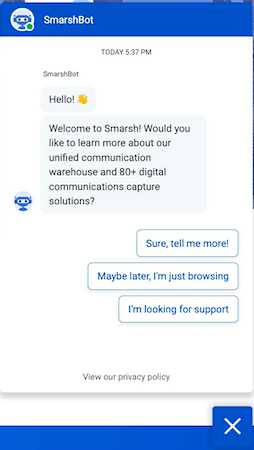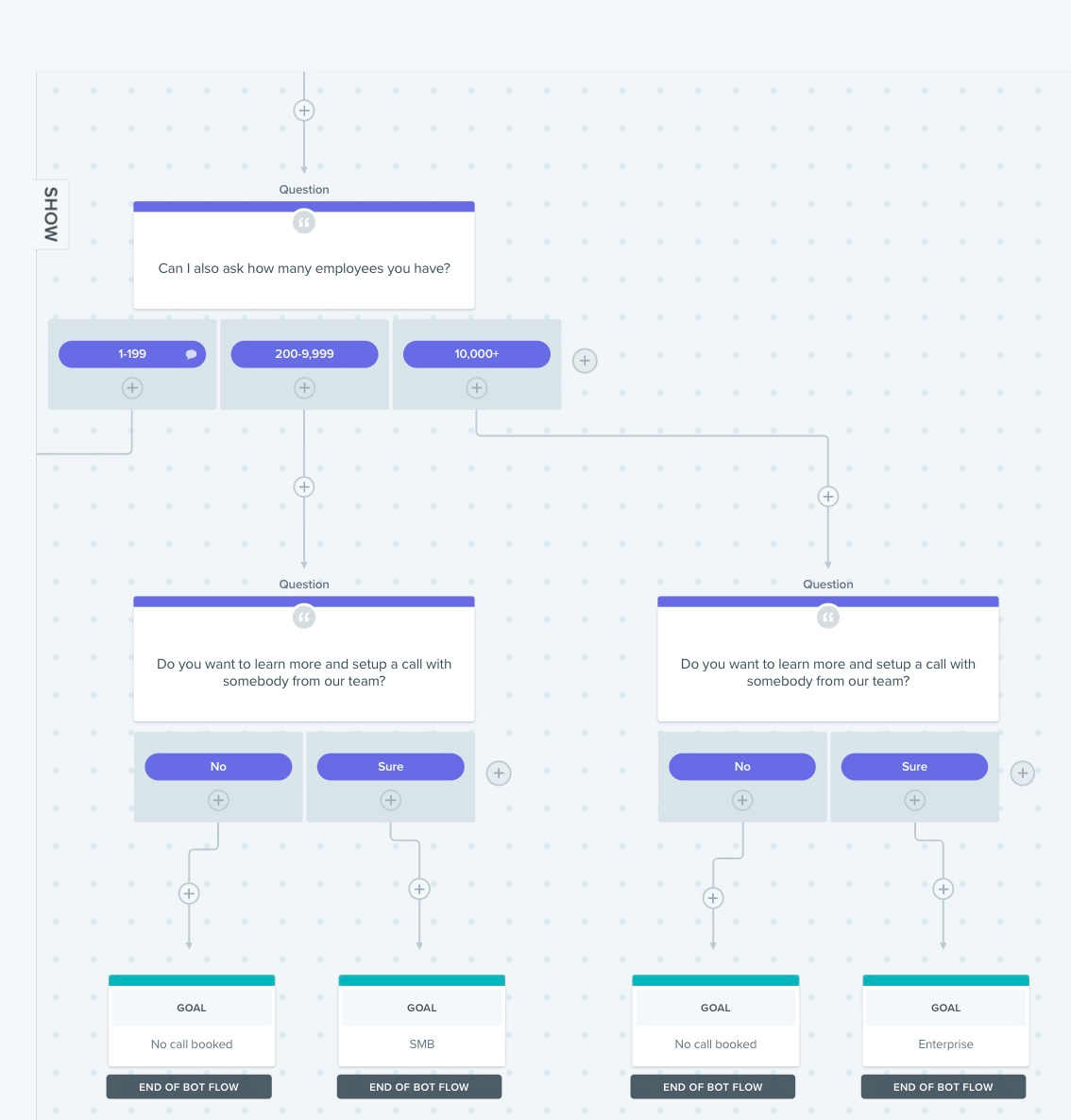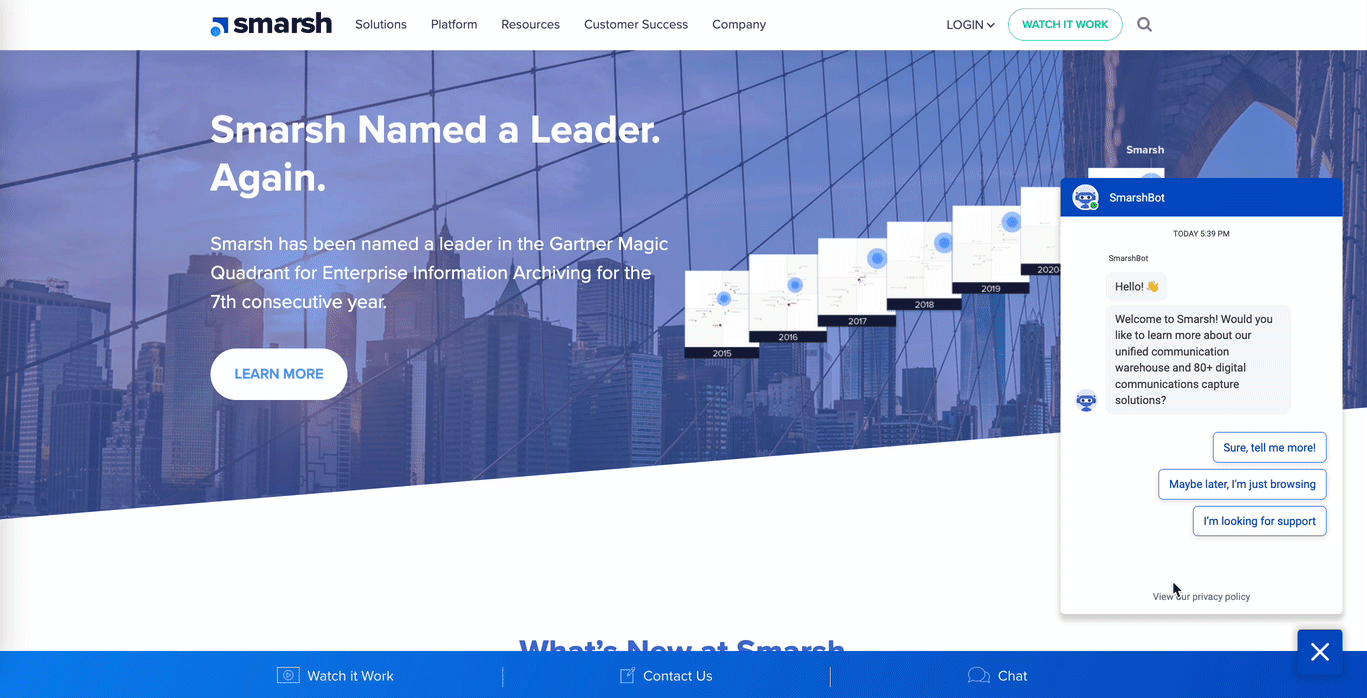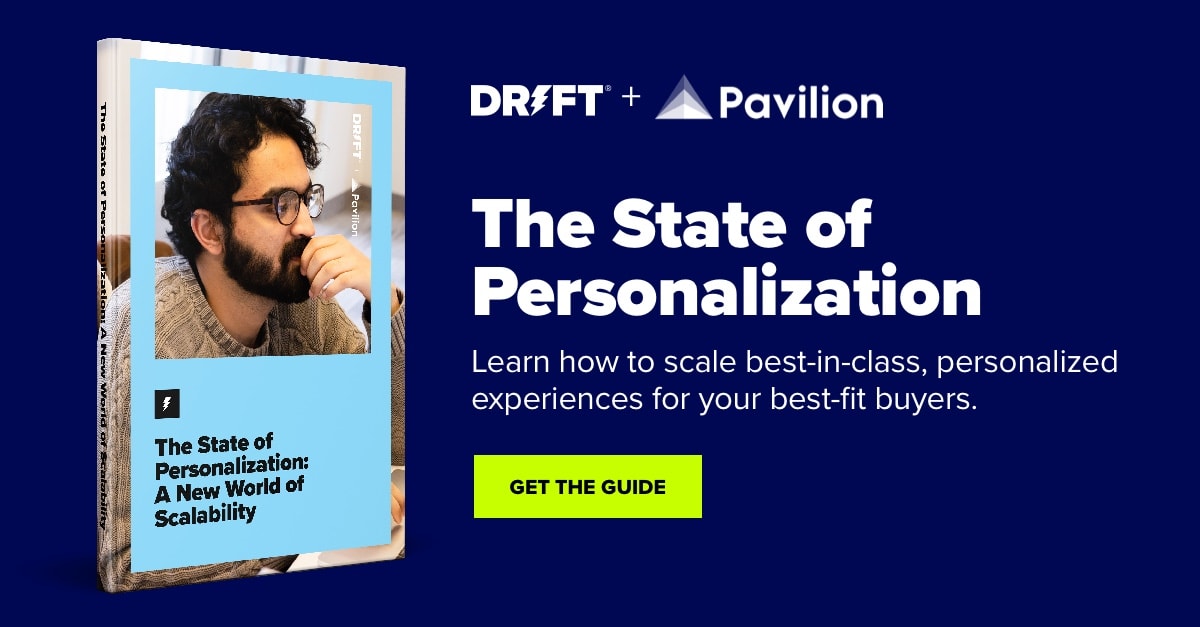It’s been proven time and time again that personalization has a direct impact on buying behavior…which means it directly impacts your bottom line.
Don’t believe me? Here are two eye-popping stats from a 2021 McKinsey report:
- 76% of consumers are more likely to consider purchasing from brands that personalize their buying experience.
- 78% of consumers are more likely to make repeat purchases after a personalized experience.
Because of stats like these, B2C companies have invested tons into sophisticated personalization techniques, and, in turn, this has raised the bar for B2B companies. Luckily, there are tools out there to help B2B companies meet these buying expectations.
As a global leader in information archiving, Smarsh helps banks, insurers, wealth and asset managers, and governments all over the world capture and archive communications data from more than 80 different channels. We serve a diverse and complex audience, which is why personalization is a big focus for us.
So, how do we do it?
At Smarsh, we’ve combined the capabilities of Demandbase and Drift to create a website with a hundred different personalizations that address a wide variety of scenarios for our more than 6,500 customers.
The conversion rates with these platforms were so high that when we first saw the data, we questioned its accuracy. Here’s the story of how we increased conversion rates by 13% with Demandbase and Drift 👇
I spoke about our success here at Smarsh with personalization on a webinar hosted by Drift. If you want to watch the full recording, click here. Otherwise, keep reading for all the insights 💡
The Big Turning Point: The Demandbase and Drift Integration
When we started working with Demandbase five years ago, our initial project was to create a personalized experience as we expanded into a new market. However, we quickly realized the broader opportunity to personalize for other market segments, which led to some successful localization work.
But the huge turning point was one year later when we integrated Demandbase with Drift. Instantly, we saw how we could improve personalization, not only on web pages but within conversations too.
With the integration in place, we were able to take intelligence from Demandbase, and — using our Salesforce instance — empower Drift’s chatbot to go far beyond scheduling meetings.

Now, we can recognize whether a site visitor is a customer or a prospect, and showcase the content that is of the highest value to that person. This reduces friction and provides greater opportunities to self-serve. As a result, we deliver a far superior online experience that gets visitors the information they need quickly and efficiently.
Experimenting with the Combined Power of ABM and Conversational Marketing
Working with a new platform, strategy, or technology can be daunting. In those times, experimenting is the best way to figure out how to achieve your goals.
Whenever I come across a challenge, I always think back to one of my favorite quotes, said by Arthur Ashe — the only Black man to win the singles title at Wimbledon, the US Open, and the Australian Open: “Start where you are. Use what you have. Do what you can.”
Based on Ashe’s advice, I recommend starting small — working with what you have — and iterating from there.
One best practice is to isolate your experimentation to one platform — so that might be Demandbase or Drift or LinkedIn or Google Ads. Once you’ve established what tactics work best, you can start to expand to other platforms in your tech stack.
Likewise, you should start with simple tests before moving on to more complex ones. At Smarsh, our first experiments were simply testing different CTAs, regionalizations, and images to see which ones performed best.
The other important part of experimentation is setting the right goals. As the stoic philosophers say, focus on the things you can control, not the things you can’t.
How We Personalize to Respect the Buyer’s Culture and Time
Currently, our personalization strategy is centered around firmographic data — using what we know about the company, their industry, and their region to deliver content in the right language and with the most relevant CTAs.

As a global company, it is a major undertaking to tailor our content to all our audiences, but we believe it’s worth the effort. It was gratifying when, for instance, a senior manager from the UK reached out to share her amazement that we took the time to create an experience that made sense for a British audience.
For us, personalization ultimately comes down to respecting the person’s culture, as well as their time. Because, at the end of the day, your prospects are giving you their time, which is a limited resource — so it’s up to us to provide value in exchange.

And the key to doing that is having top-tier alignment between marketing and sales 👇
Driving Marketing and Sales Alignment with Drift
I believe a big part of our success here at Smarsh with personalization can be chalked up to the depth of alignment between our sales and marketing organizations. Because that alignment is what allows us to proactively reduce friction for a quick and seamless site experience.
Drift plays an important role in this alignment by quickly connecting inbound conversations to a sales development rep (SDR), alerting our account executives (AEs) when one of their target accounts is on our website, and allowing customers to self-serve.
But Drift does even more than that — it’s helping us break free of the status quo.
Most organizations face some internal conflict when marketing shifts towards ungating content. After all, sales teams are reasonably concerned about losing out on potential buyers without lead forms.
However, the way people buy is undeniably changing. 81% of tech buyers choose not to fill out lead forms when they encounter gated content, which means that traditional forms are only alienating more potential buyers.
At Smarsh, we’ve decided to eliminate forms from all our top-of-funnel content. And to help us through the transition, we’ve relied on Drift.
The key to navigating this kind of paradigm shift is to start small and prove your case as you go. Instead of asking doubters to take your word for it, the best thing to do is to run some small experiments and show everyone the potential for success. With Drift, it’s been really easy to make our case for a form-free website and get all our teams on board.
Results That Make a Real Difference — For Our Customers and Our Company
It can be paralyzing when you get fixated on the “perfect” site experience. While that is the goal, remember that you don’t have to do everything at once. Start where you are, and know that you can iterate over time.
And if you’re wondering how you can start investing in personalization, my advice is to invest in Demandbase and Drift — because it’s given us massive ROI, including:
- Increased time on page by 3X
- Improved bounce rate by 15%
- Increased pages per visit by 2X
- Delivered 13% higher conversions
Like all companies, we’re obsessed with providing our customers with the best experience we possibly can. Demandbase and Drift have helped us do exactly that through personalized experiences for all of our site visitors.
Most importantly, it’s allowed us to create an online experience that respects people’s time. We all know that time is our most valuable and limited resource — so, with an experience that saves our prospects’ and customers’ time, we know we’re doing things right.









